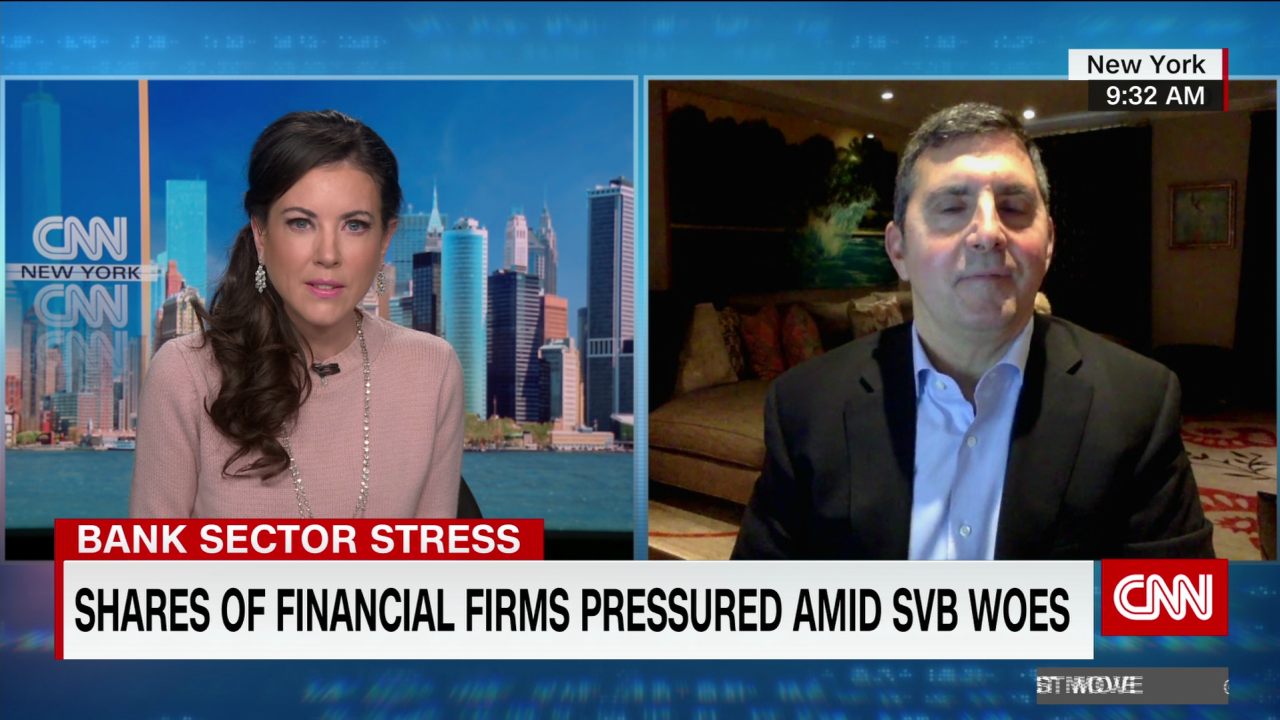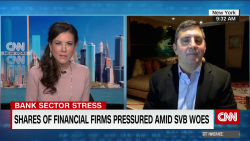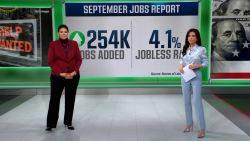The failure of Silicon Valley Bank is rattling markets and raising uncomfortable questions: Will it undermine the broader banking system and start a new meltdown?
Billionaire hedge fund manager Bill Ackman has compared SVB to Bear Stearns, the first lender to collapse at the start of the 2007-2008 global financial crisis.
“The risk of failure and deposit losses here is that the next, least well-capitalized bank faces a run and fails, and the dominoes continue to fall,” Ackman wrote on Twitter.
Yet most analysts say the implosion of SVB appears company-specific for now. A crucial lender to US technology startups, the bank came under pressure as Silicon Valley funding dried up, the result of an economic slowdown and rapidly rising interest rates.
“The reason [SVB is] in trouble is because they have exposure to particular industries,” said Jonas Goltermann, deputy chief markets economist at Capital Economics. Most other banks, he added, are more “diversified.”
And Deputy Treasury Secretary Wally Adeyemo on Friday sought to reassure the public about the health of the banking system after the sudden collapse of SVB.
“Federal regulators are paying attention to this particular financial institution and when we think about the broader financial system, we’re very confident in the ability and the resilience of the system,” Adeyemo told CNN in an exclusive interview.
The comments come after Treasury Secretary Janet Yellen convened an unscheduled meeting of financial regulators to discuss the implosion of Silicon Valley Bank, a major lender to the hurting tech sector.
“We have the tools that are necessary to [deal with] incidents like what’s happened to Silicon Valley Bank,” Adeyemo said.
There’s also less anxiety about the stability of the banking sector due to the significant regulatory reforms put in place after the crisis in 2008.
Still, SVB’s collapse reveals stresses created by the fastest jump in borrowing costs in decades. Central banks have raised interest rates to tame high inflation, but the pace of the increases has thrown up unexpected problems. And worries persist about further unintended consequences.
For example, banks that scooped up US Treasuries and other bonds when interest rates were very low are now sitting on losses as borrowing costs have risen and bond prices have gone down.
Bank stocks rattled
Founded in 1983, SVB provided financing for almost half of US venture-backed technology and health care companies. Its problems came to light this week when it revealed that it was in dire need of funds. The company shared plans Wednesday to raise more than $2 billion from investors to fill a hole in its finances created by the sale of part of its hard-hit bond portfolio.
SVB put the bonds up for sale as customers, facing leaner times, pulled their money from the bank. Shares of SVB plunged 60% on Thursday. Trading in the stock was halted Friday amid reports that the bank, unable to raise all the money it needed, was hunting for a buyer.
Then California’s regulators intervened, shutting the bank down and calling in the US Federal Deposit Insurance Corporation to act as receiver. Silicon Valley Bank had about $209 billion in total assets and $175 billion in total deposits as of the end of last year, according to the FDIC.
In a sign concerns are spilling into other parts of the banking sector, shares of other lenders have been falling, too. JPMorgan Chase (JPM), Bank of America (BAC), Wells Fargo (WFC) and Citigroup (C) all suffered drops of between 4% and 7% Thursday.
While their shares stabilized on Friday, smaller banks continued to suffer. An exchange-traded fund tracking regional banks, the SPDR S&P Regional Banking ETF, was down more than 6%. Banks in Europe were also hit.
What happens next?
Other lenders with highly specialized clientele could come under pressure. Crypto-focused lender Silvergate said Wednesday that it was winding down operations after recent turmoil in digital assets pummeled its finances.
But the risks of broader contagion are thought to be limited for now.
“Overall, the banking system is in good shape and able to withstand significant shocks,” said Jens Hagendorff, a finance professor at King’s College London. “I think SVB is special in the sense that they have a fickle depositor base.”
Mike Mayo, senior bank analyst at Wells Fargo, said the crisis at SVB might be “an idiosyncratic situation.”
“This is night and day versus the global financial crisis from 15 years ago,” he told CNN’s Julia Chatterley Friday. Back then, he said, “banks were taking excessive risks, and people thought everything was fine. Now everyone’s concerned, but underneath the surface the banks are more resilient than they’ve been in a generation.”
Similarly, former US Treasury Secretary Larry Summers told Bloomberg News Friday that he saw “no systemic risk” if the situation “is handled reasonably,” adding he had “every reason to think that it will be.”
Yet the tumult reveals the bind banks could find themselves in as economic and market conditions change rapidly.
SVB’s downfall was tied, in part, to the plunge in the value of bonds it bought up during boom times, when it had a lot of customer deposits coming in and needed somewhere to park the cash.
The rise in interest rates has made low-yielding assets like bonds worth a lot less. That caused problems when the bank needed to raise funds quickly.
“[Falling bond prices are] only really a problem in a situation where your balance sheet is sinking quite quickly… [and you] have to sell assets that you wouldn’t ordinarily have to sell,” said Luc Plouvier, senior portfolio manager at Van Lanschot Kempen, a Dutch wealth management firm.
SVB may not be the only institution that needs to tackle this issue.
“Many institutions — from central banks, commercial banks and pension funds — sit on assets that are worth significantly less than reported in their financial statements,” Hagendorff said. “The resulting losses will be large and need to be financed somehow. The scale of the problem is starting to cause concern.”
— Allison Morrow, Nicole Goodkind and Matt Egan contributed reporting.




























